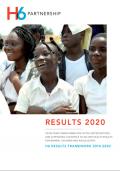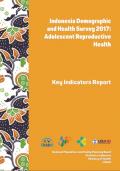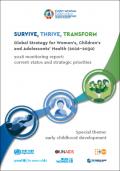Publications on Adolescents

The 2030 Agenda for Sustainable Development will not be achieved without the active and meaningful involvement of the private sector. Can the private sector be held accountable for protecting women’s, children’s and adolescents’ health? And if so, who is responsible for holding them to account, and what are the mechanisms for doing so?
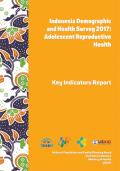
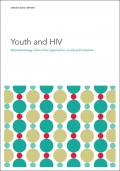

The 2017 IDHS provides an overall overview on current conditions related to population, family planning, reproductive health, and other health issues. One of the important issues collected in the 2017 IDHS is the information about Adolescent Reproductive Health (ARH). The ARH information includes data of knowledge, attitudes, and adolescent practices toward human reproduction system, the use of cigarette and drugs, alcohol consumption, sexual intercourse, HIV AIDS and other sexually transmitted diseases.
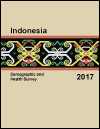
The 2017 IDHS provides a comprehensive picture of population, family planning, reproductive health, and maternal and child health conditions in Indonesia. The primary objective is to provide current estimates of basic indicators in demography and health. The target population is women age 15-49, currently married men age 15-54, and never-married women and men age 15-24. The survey covered all 34 provinces in Indonesia.

This document is intended to address commonly occurring situations and challenges that one faces in carrying out research with adolescents (people aged 10–19 years), the majority of whom are deemed not to have reached the recognized age of majority in their respective settings. To this end, adolescents aged 18 and 19 years are classified as adults in many settings and have the legal capacity to make autonomous decisions regarding their participation in research.







